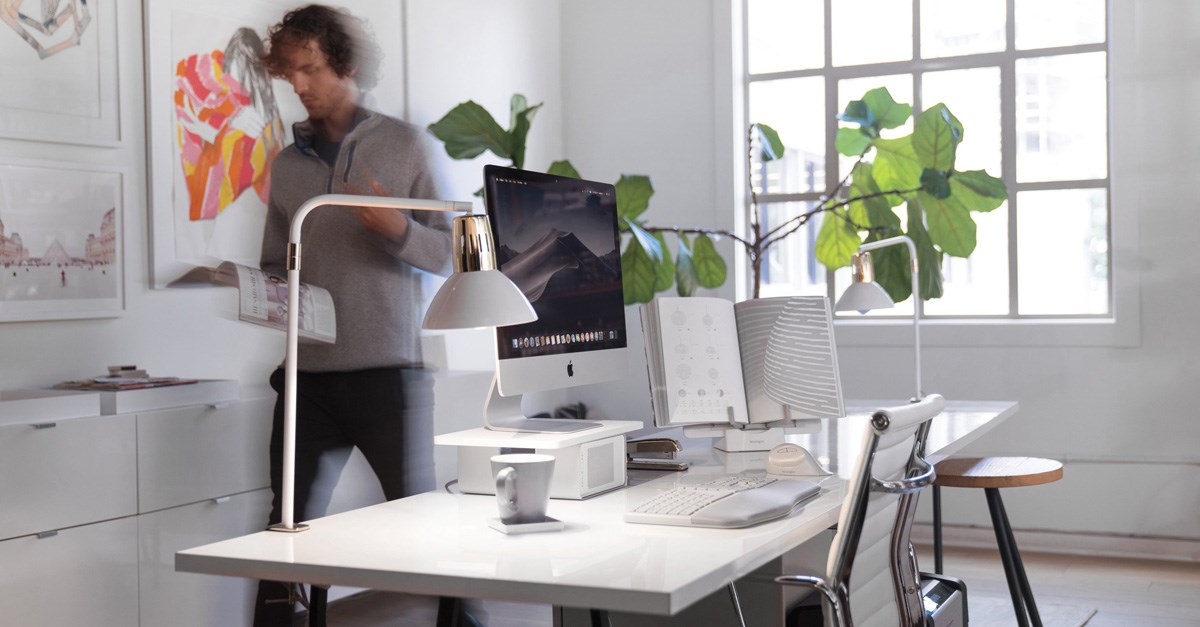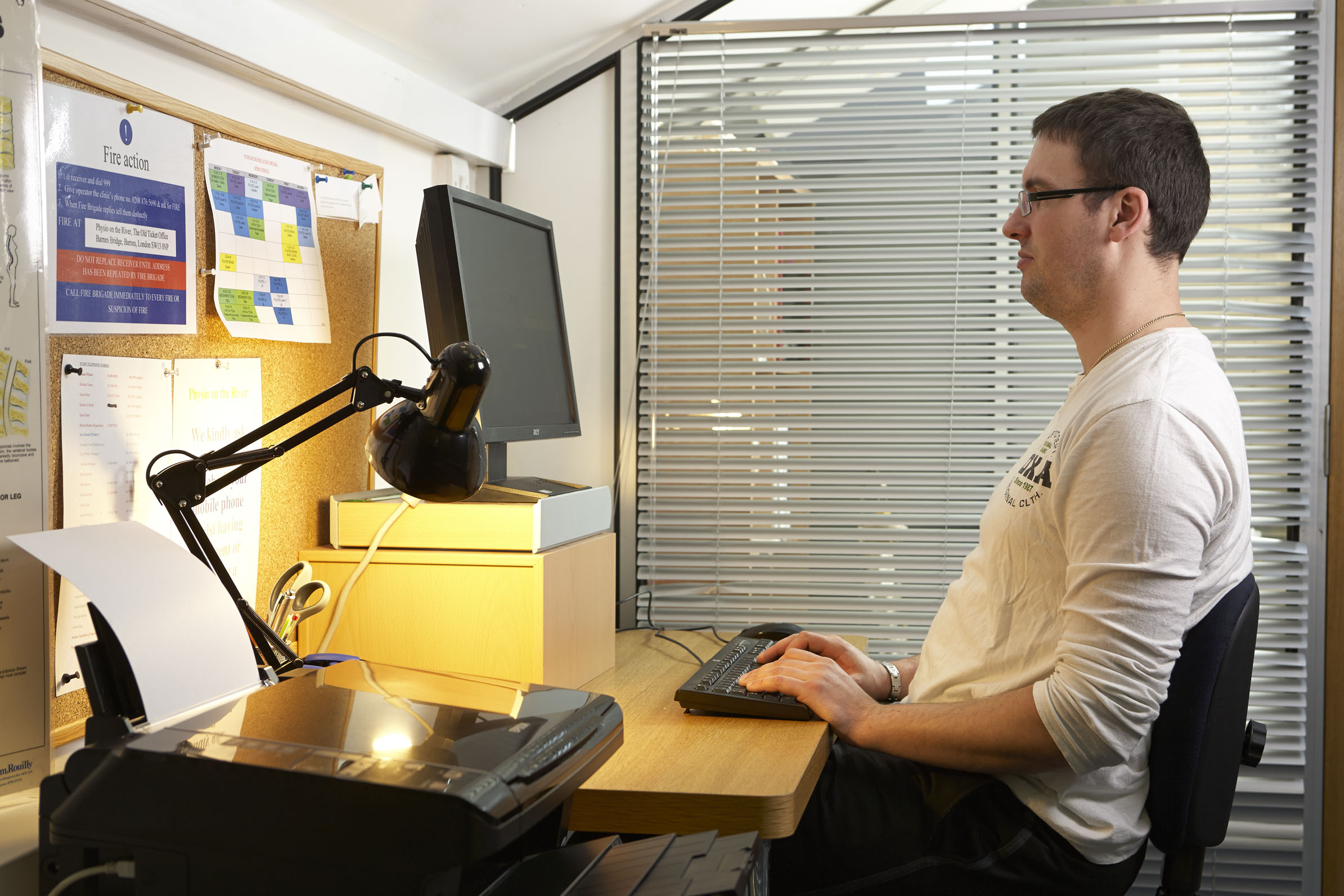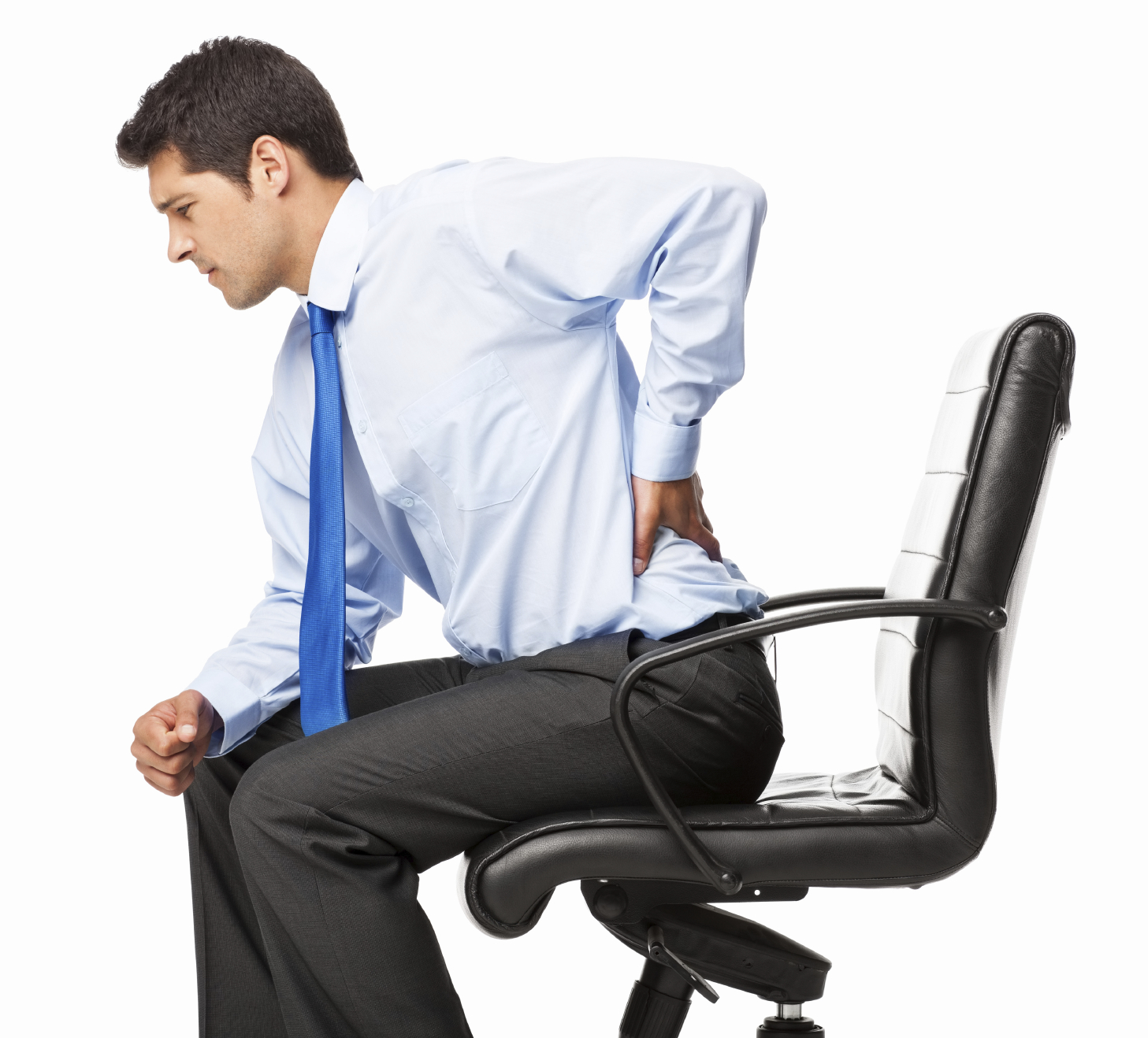If you work from home, a Workstation Assessment could be just what your body needs
AFTER ALMOST TWO YEARS OF GOVERNMENT GUIDANCE TO “WORK FROM HOME IF POSSIBLE”, HAVE YOU FINALLY BEEN ENCOURAGED BACK TO THE OFFICE FULL TIME?
Or have you decided to continue working permanently from home, for at least part of the week? If so, have you ever considered a ‘Workstation Assessment’? It could have a subtle but profound effect on your physical health.
.
Nearly two in every five people (approximately 39% of us in the UK) who have been working from home due to the Covid crisis say they will never return to the office, according to a YouGov poll carried out recently on behalf of The Times newspaper. While a quarter of those surveyed say they have only returned part time– mainly Tuesday to Thursday in the office and working from home on a Monday & Friday – establishing a new and permanent hybrid working pattern. After almost 22 months since the start of the Covid pandemic, this change in working patterns has now become firmly established.
While there are clear advantages to being at home, it could also have a negative impact in unexpected ways, (other than possibly missing out on career advancement, socialisation, office politics and how it affects your identity or sense of self, which are reasons supporting the argument for returning to a group environment). Whether you are working from a spare room, converted loft or a dedicated garden office, you may already have thought to include plants and storage space, introduced plenty of clean, fresh air and ensured there was as much natural daylight as possible in the layout. However, how much thought have you put into the desk you sit at, the chair itself and how you interact with any equipment? Unless you are officially a ‘home worker’ the responsibility for making sure your workstation set up is comfortable may now fall to you.
.
If you are predominantly desk bound, have you noticed a few annoying yet persistent aches and pains that you’ve ignored on the grounds that the arrangement was temporary? You might have managed through the first and then the second lockdown by “making do” but now you just can’t ignore those pains in your elbow or a stiff neck that never seems to go away or perhaps a niggling lower back pain, sciatica or pins and needles in your arms and legs. Well, we can help with that.
.
Making an appointment to see a physiotherapist, especially one who is ‘ergonomically trained’, for a ‘Workstation Assessment’ could be one of the best investments you’ll ever make. And make the appointment before you buy or change any of your existing equipment or furniture. Having the physio visit your home office and watch you while you work, will reap the best results. They can help you to prevent, reduce or recover from any existing aches and pains by using manual therapy, exercises, massage and through helping you adjust your physical relationship with your ‘workstation’. A physiotherapist can identify specific problems that may be causing any existing symptoms and help prevent aches and pains from developing into chronic conditions.
.
Furthermore, our physio can help advise you on the best equipment to help optimise your set-up. We think nothing of spending a decent amount on our computer but are sometimes reluctant to spend a reasonable sum on an office chair – which you would hope would last many years and could make all the difference to your working experience.
.
The most common work related issues are aches and pains that affect the neck, arms and spine. Factors that make this more likely are:
* Sitting in a prolonged, static position
* Placing your joints in awkward postures
* Carrying out highly repetitive movements like using a mouse or typing
* Poor general health and fitness
* Using an unsuitable chair for your size and shape
* Not having your desk, chair and computer set up correctly
Any physiotherapist will agree that “poor posture ultimately affects productivity”. Diana Wilson
Once you’ve adjusted your chair (ideally, one with good lumber support) and your desk (you can now find ergonomically designed desks, and you can even find ones with an adjustable height so that you can stand to work for part of the day), you may need to add a few accessories:
• FOOTREST
An adjustable footrest is ideal for those whose feet cannot reach the floor (like mine, as I’m only a touch over five foot) or a document holder for anyone who may frequently refer to notes.
• LAPTOP STAND
If, like many of us, you use a laptop rather than a desktop computer, using a laptop stand can help to ensure that the screen is at the correct height to help prevent neck and back pain (and at the same time, use a separate mouse and keyboard so you can keep your arms at a 90-degree angle.
• MOUSE
Using the correct shape of mouse or keyboard for the way you work is important too. Physiotherapists recommend investing in a lightweight headset if you are likely to be on the phone for more than 40% of your day, or if your calls generally last more than 5-10 minutes. A headset will free up your hands to take notes and ease the strain on neck and shoulder muscles.
• RUCKSACK
An important item for anyone who is hybrid working is a dedicated rucksack to carry it all in, if you are effectively taking your office equipment with you. I speak from experience that lugging a laptop and all the extras around can weigh heavily if you try to carry it all on just on one shoulder (micro tablets are all very well but after a certain age, a larger screen has multiple benefits). Ask your physio’s advice on the best fit to ensure the weight is evenly distributed across your body and is not putting too much of a strain on any one particular area.
• EXERCISE
It’s not exactly an accessory but an important part of the whole work-from-home arrangement. It’s very important to take frequent, short breaks throughout your working day. It might seem obvious, but if you are working in a garden room or studio, then step outside to drink your morning coffee. Stretch, take a few deep breathes. If you work in a loft or spare room, then try leaving home and walk briskly around the block before you start work and again at lunchtime. After work, cycle, run, go to the gym or simply walk and stretch in the park if there is one nearby…
There are multiple websites that now offer excellent advice and help on home office set up useful home working tips, far more than we can add here. See links below to @posturiteltd. And don’t forget the mental aspects, see the NHS website. As for a practical look at the work environment and home working community, see the WFH Zone.
—————
COSTS
For a workstation assessment by a trained physiotherapist*
• Workstation Assessment for a home office worker: £230
• Detailed Workstation Assessment for office worker at one office visit: £400
• Detailed Workstation Assessment for 2 individuals at one office visit: £375 (per person)
• Detailed Workstation Assessment for 3 individuals at one office visit: £360 each
DSE assessments quoted separately according to numbers per visit.
If you have an existing condition then we could see you in our clinic, however we would ideally conduct an in-person visit to your home office to carry out a thorough assessment.
* Costs are correct as at February 2022. For up-to-date costs see Prices.
—————
REFERENCES
The Times: www.thetimes.co.uk/article/never-return-to-office-home-working-lockdown-mnqv0lzs7
𝗙𝗼𝗿 𝗮𝗻𝘆𝗼𝗻𝗲 𝘄𝗵𝗼 𝗶𝘀 𝗶𝗻𝘁𝗲𝗻𝗱𝗶𝗻𝗴 𝘁𝗼 𝗽𝗲𝗿𝗺𝗮𝗻𝗲𝗻𝘁𝗹𝘆 ‘𝗵𝘆𝗯𝗿𝗶𝗱 𝘄𝗼𝗿𝗸’:
www.posturite.co.uk/blog/the-hybrid-workers-guide-to-healthy-working-from-home
Enhancing your work from home set up:
www.kensington.com/news/ergonomic-workspace-blog/enhancing-your-work-from-home-set-up-from-ordinary-to-extraordinary-support/






 @kallosnutrition
@kallosnutrition